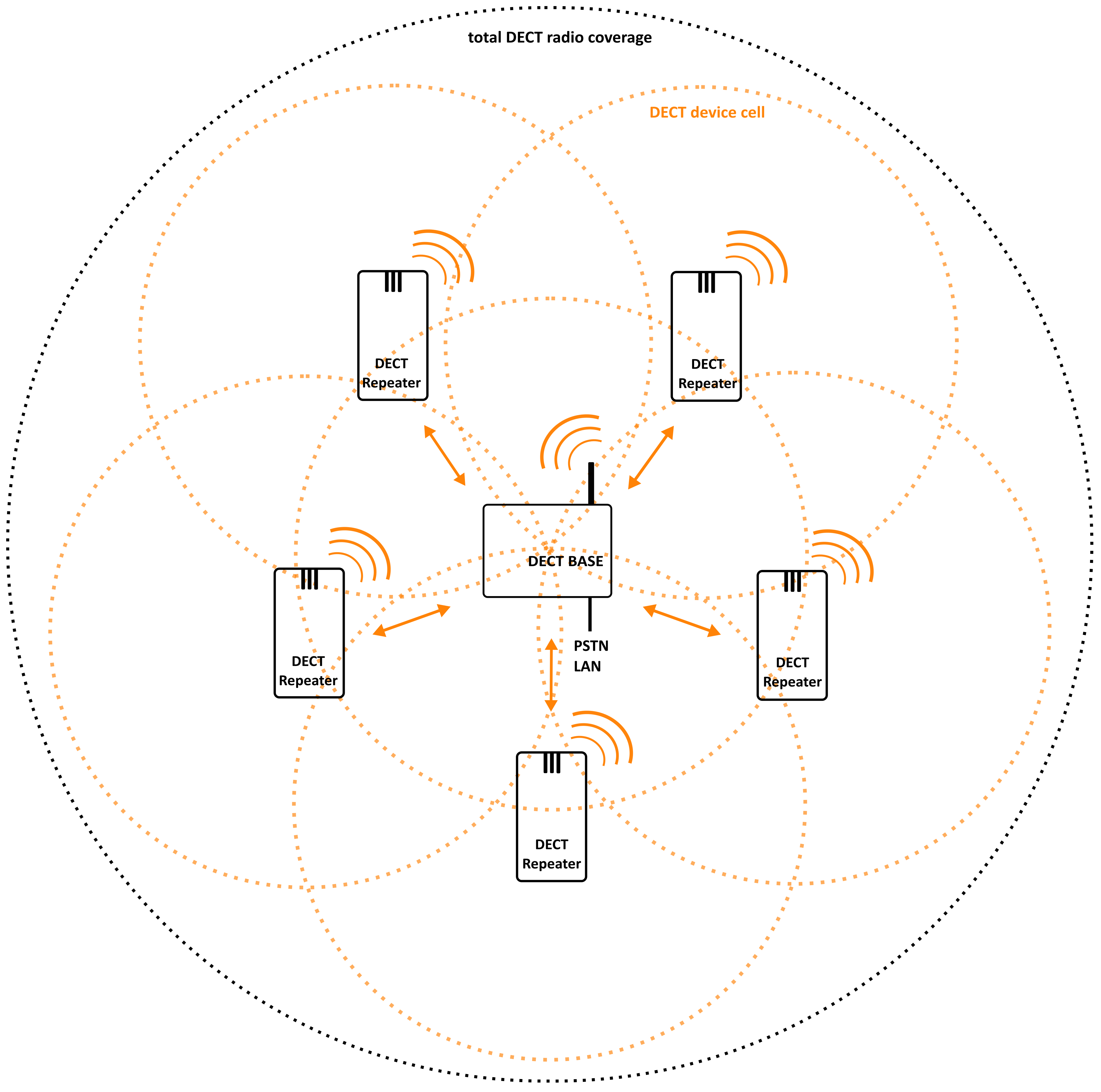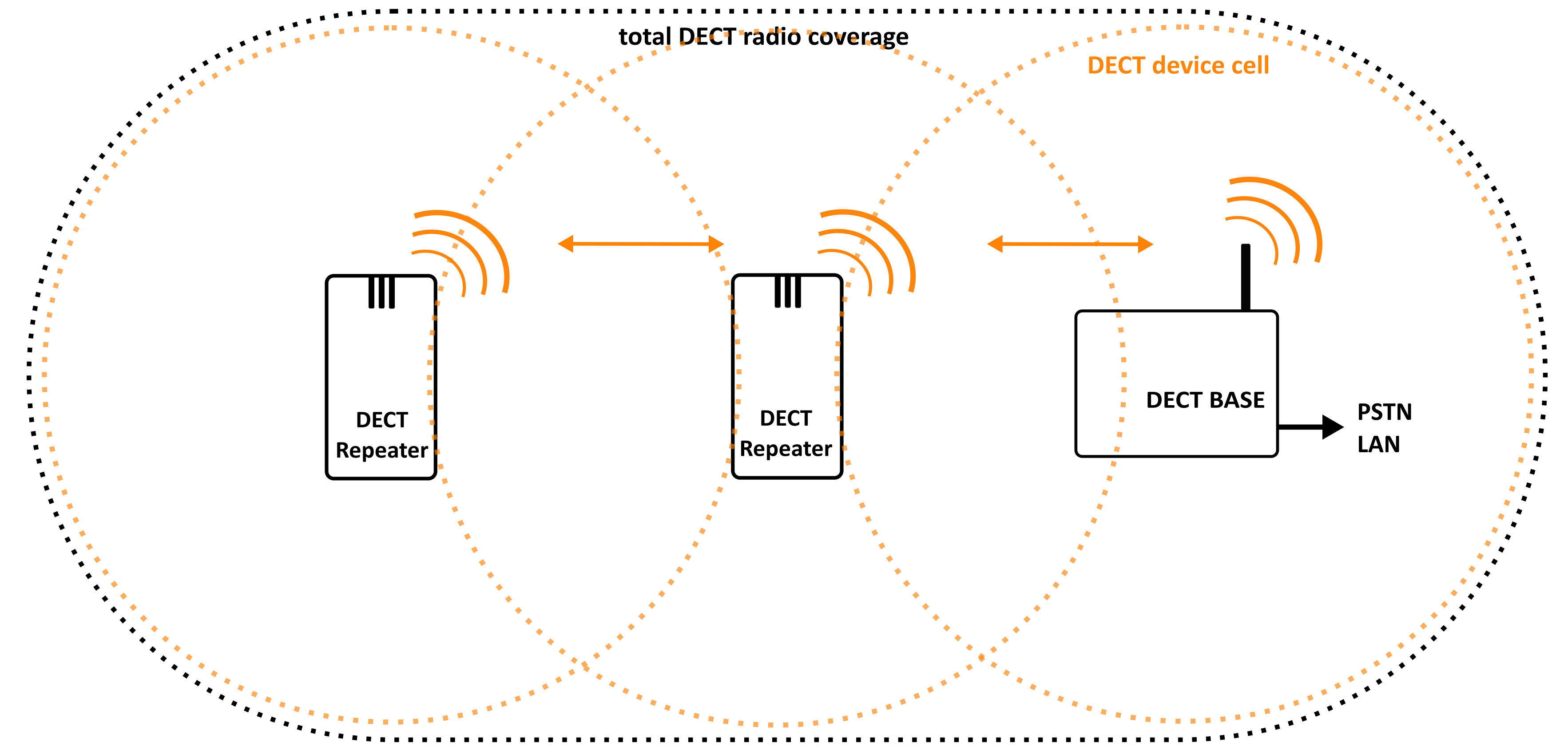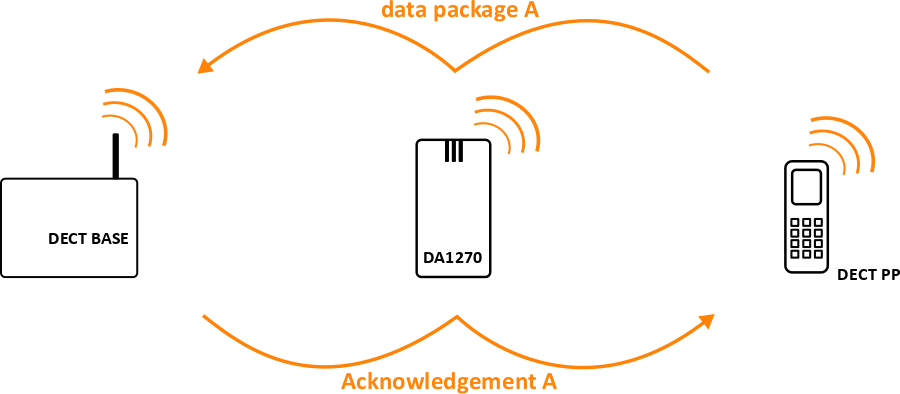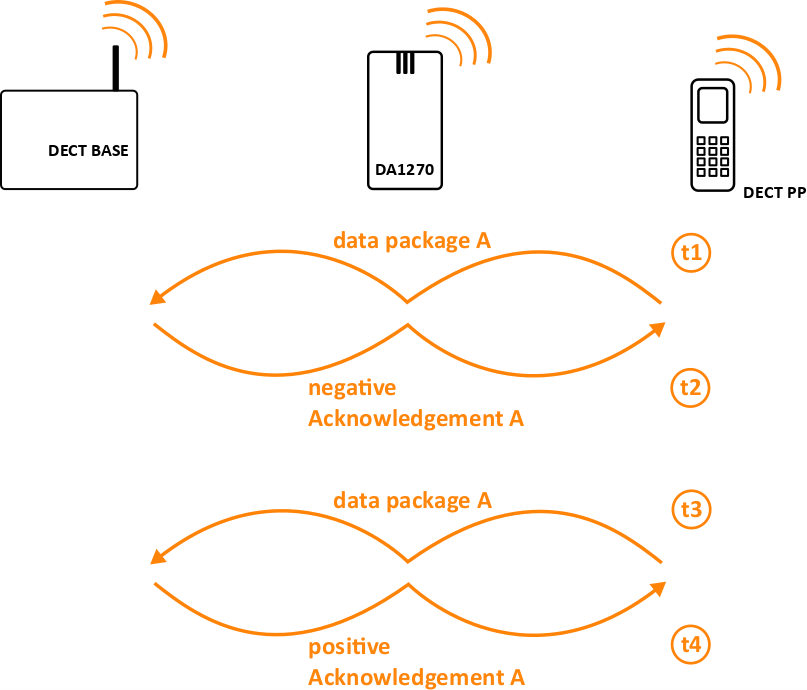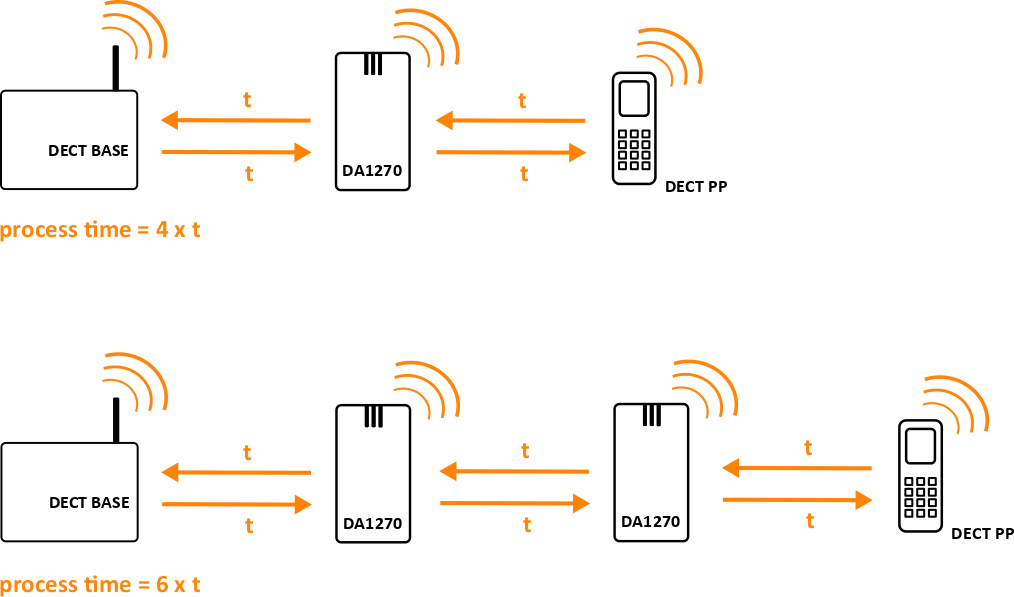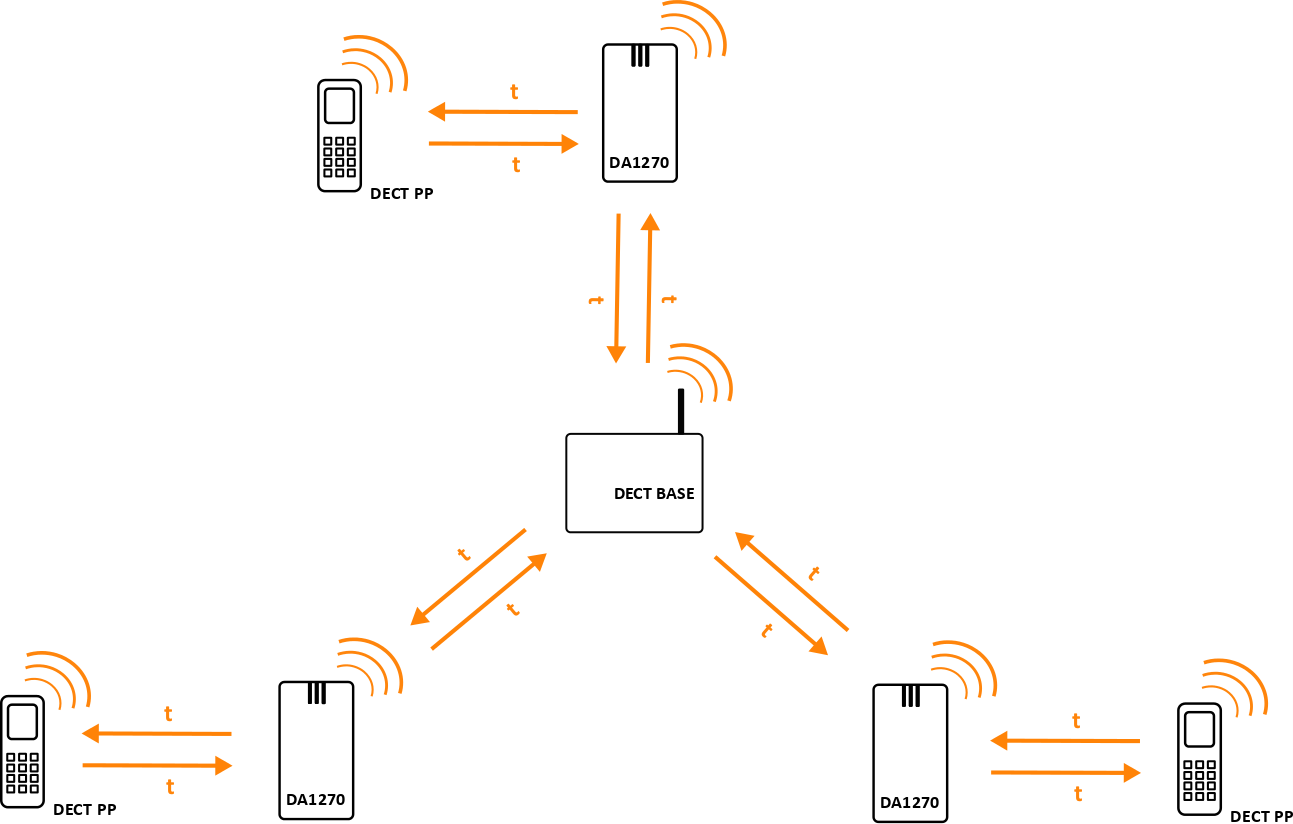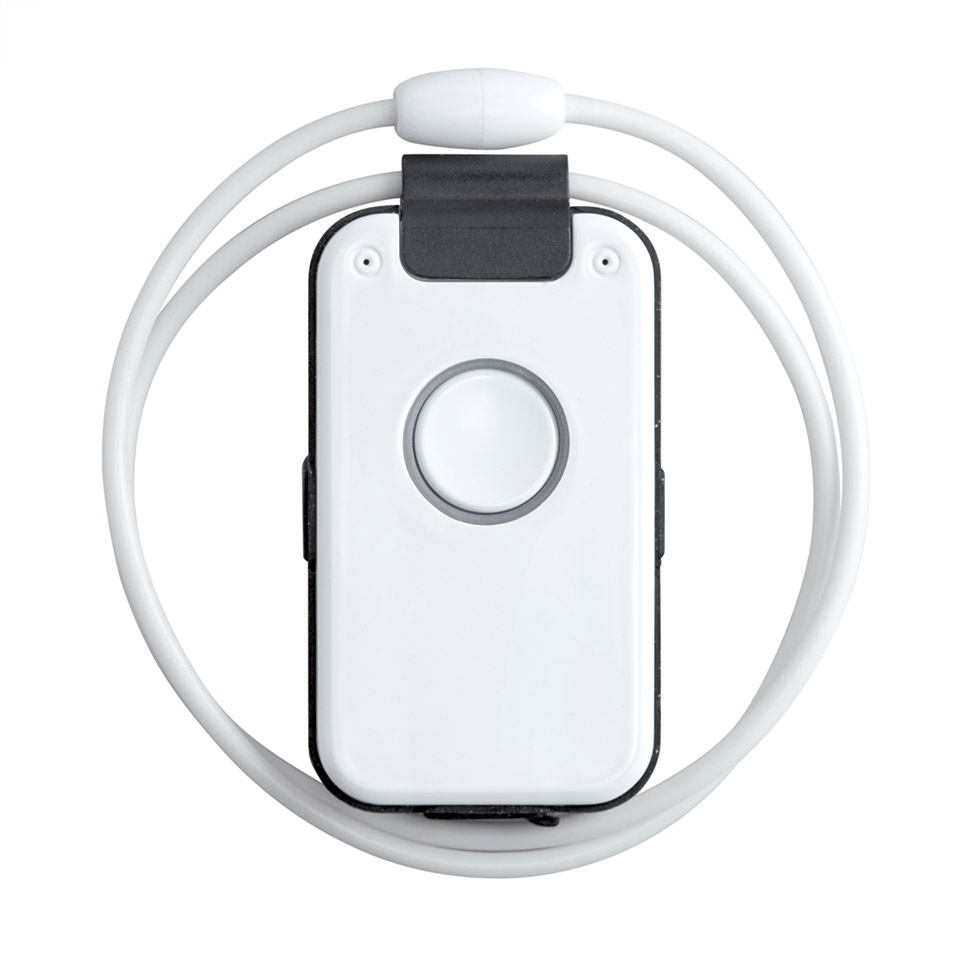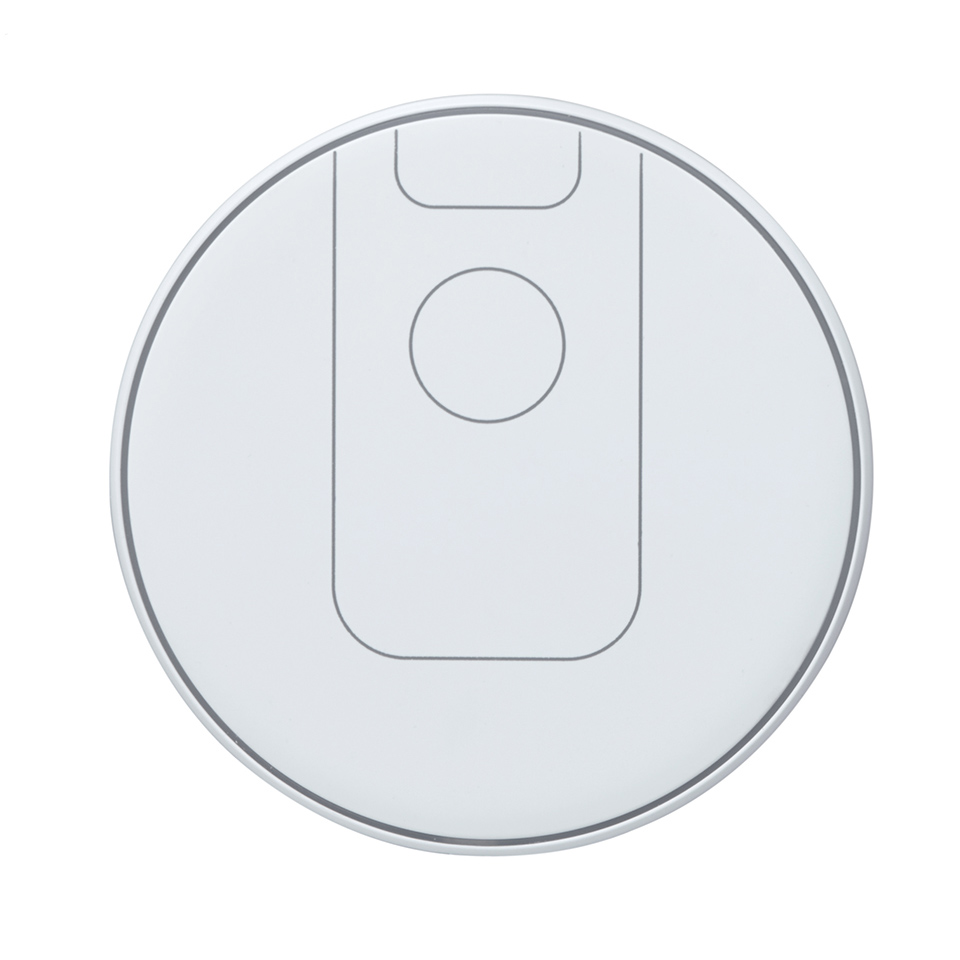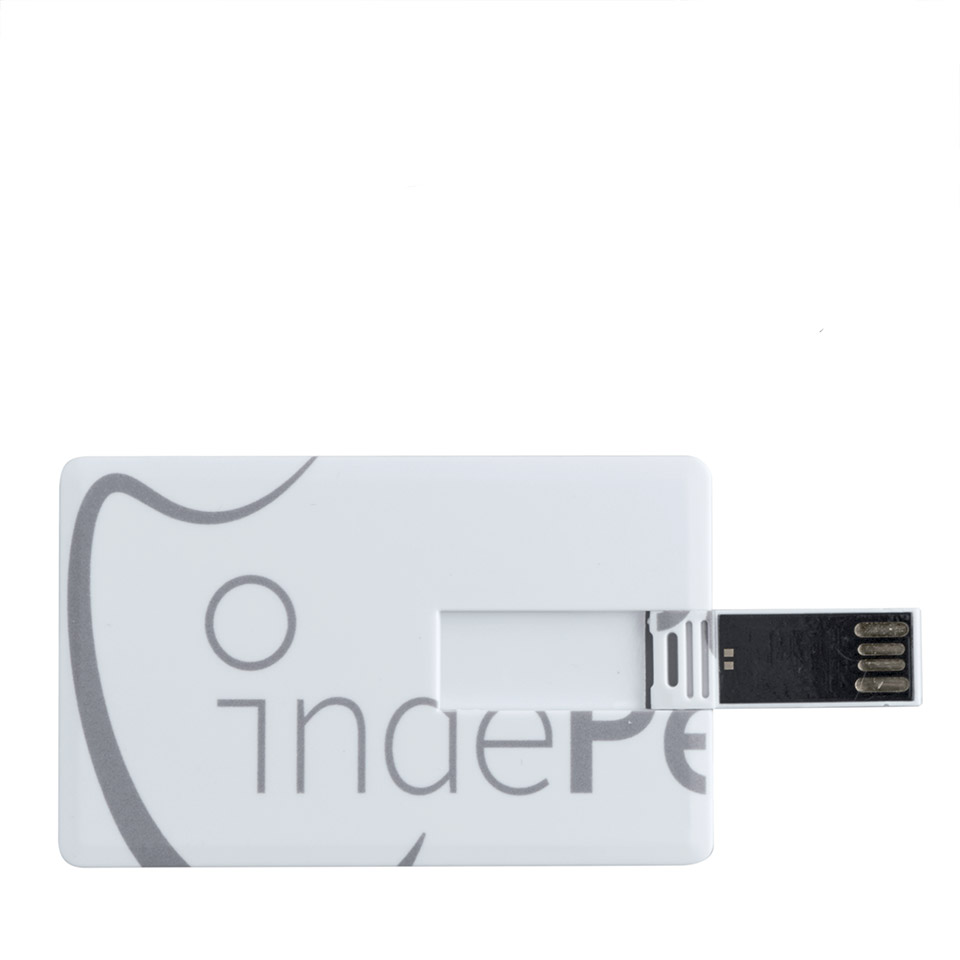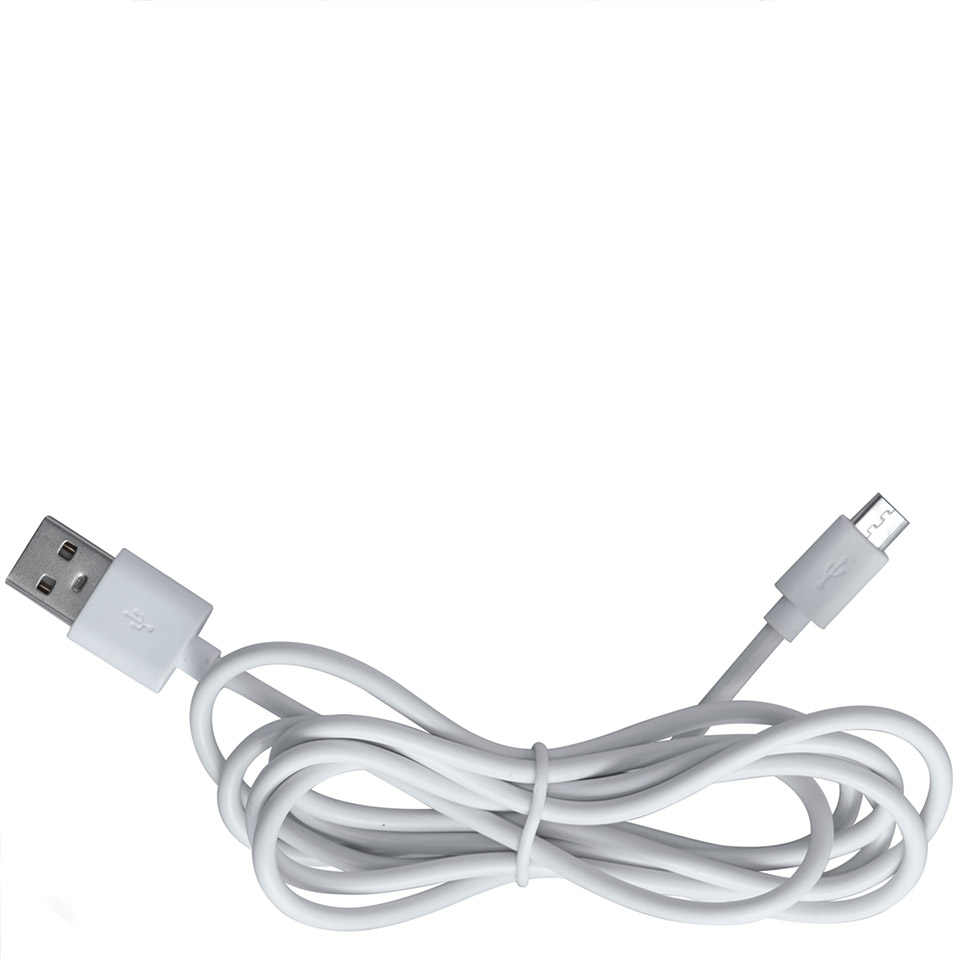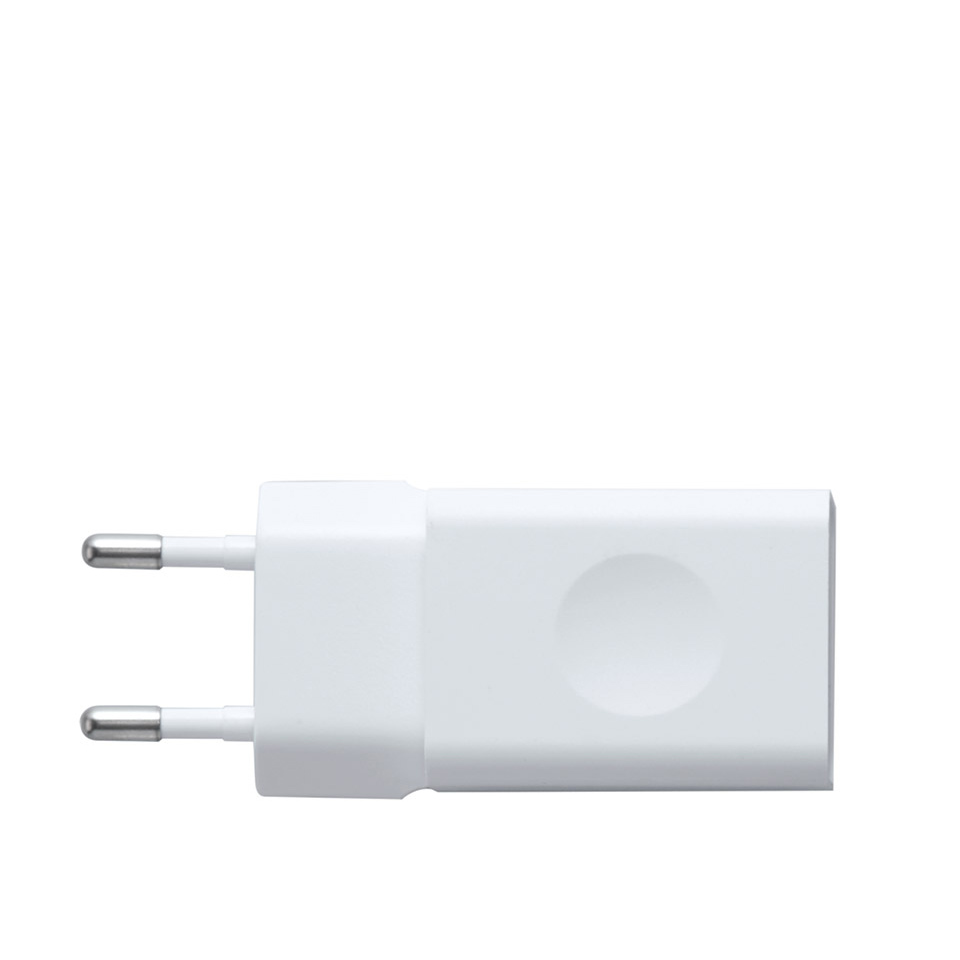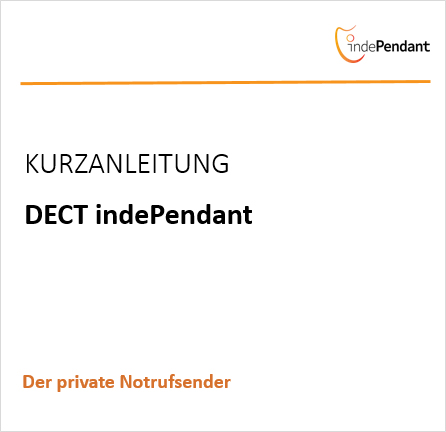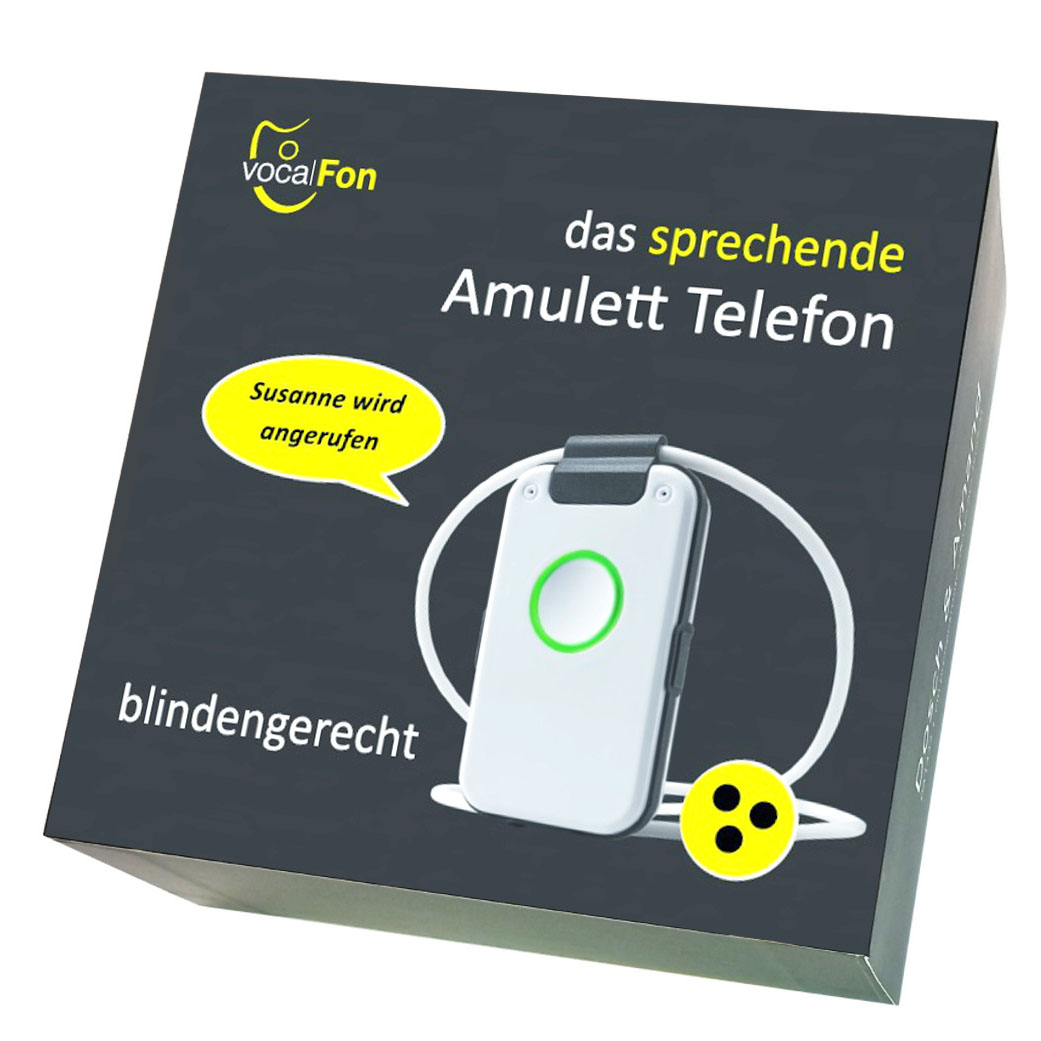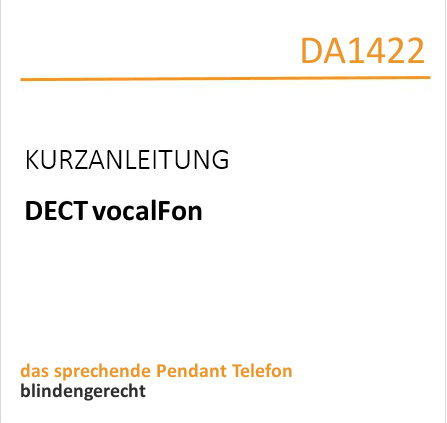| Matter: | How the number of DECT Repeaters in a cascade setup gets limited by transmission time of data packages. |
| Description | |
|
The performance of DECT Repeater depends on the support and the limitations of the asso-ciated base station in the DECT network. You can arrange up to 5 repeaters, but rarely those scenarios are useful or meet the expectations for performance in practice. Generally, a maximum of 3 repeaters in star or 2 in cascade arrangement are recommended. In accordance with DECT resource requirements, mixed setups are possible, too.
Star setup:
Cascade setup:
Here a normal DECT message package flow during a phone call of a handset in a DECT Repeater cell:
The data package will be sent from the handset to the basestation via the DECT Repeater and the basestation acknowledges the receipt of the data package. If acknowledgement is positive, the DECT Repeater will send the next data package.
The more Repeaters are in a chain, the more time this transmission and eventually retransmission takes. So the connection with the handsets in the farthest cells gets more erroneous because more data packages can not arrive on time and time lags appear. If the package has to be retransmitted, the transmission time multiplies in addition:
In the star setup this time lags do not appear because the path from a handset to the basestation just goes via 1 repeater:
|
|
Original Equipment Manufacturer
Original
Equipment
Manufacturer
Equipment
Manufacturer
![]() We produce your product
We produce your product
Lieferumfang DA1421
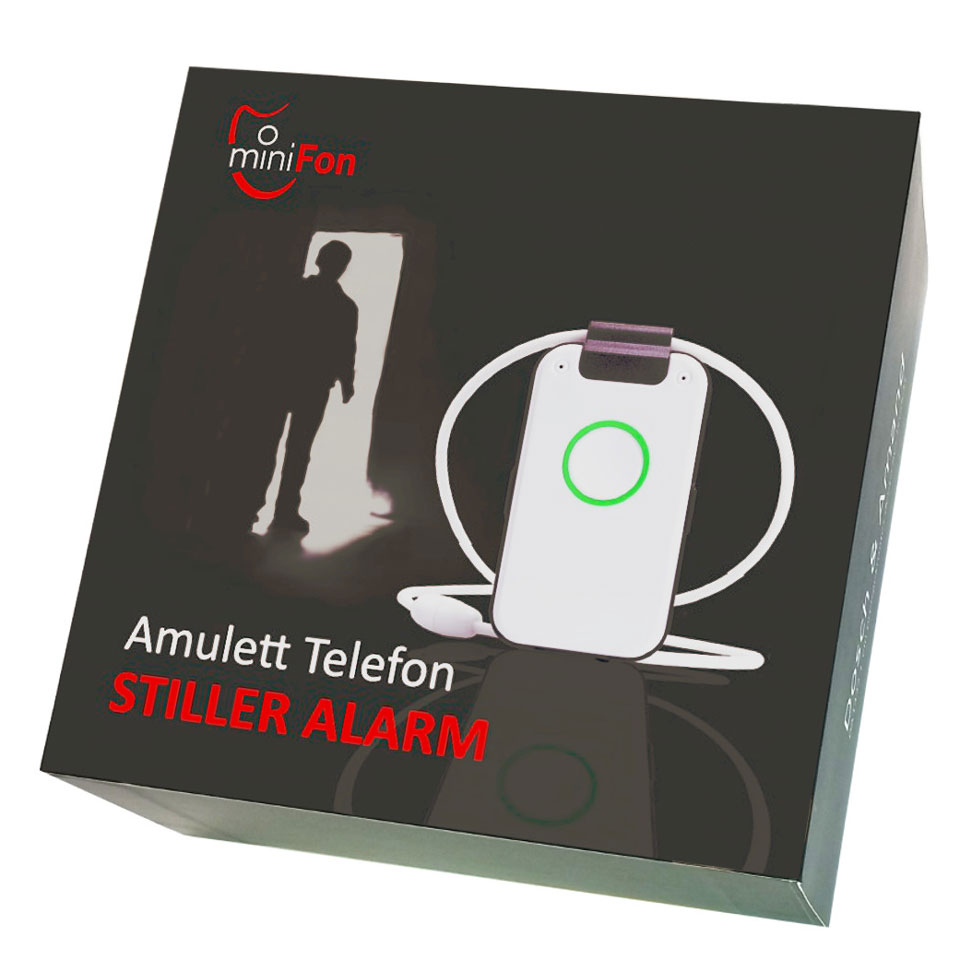
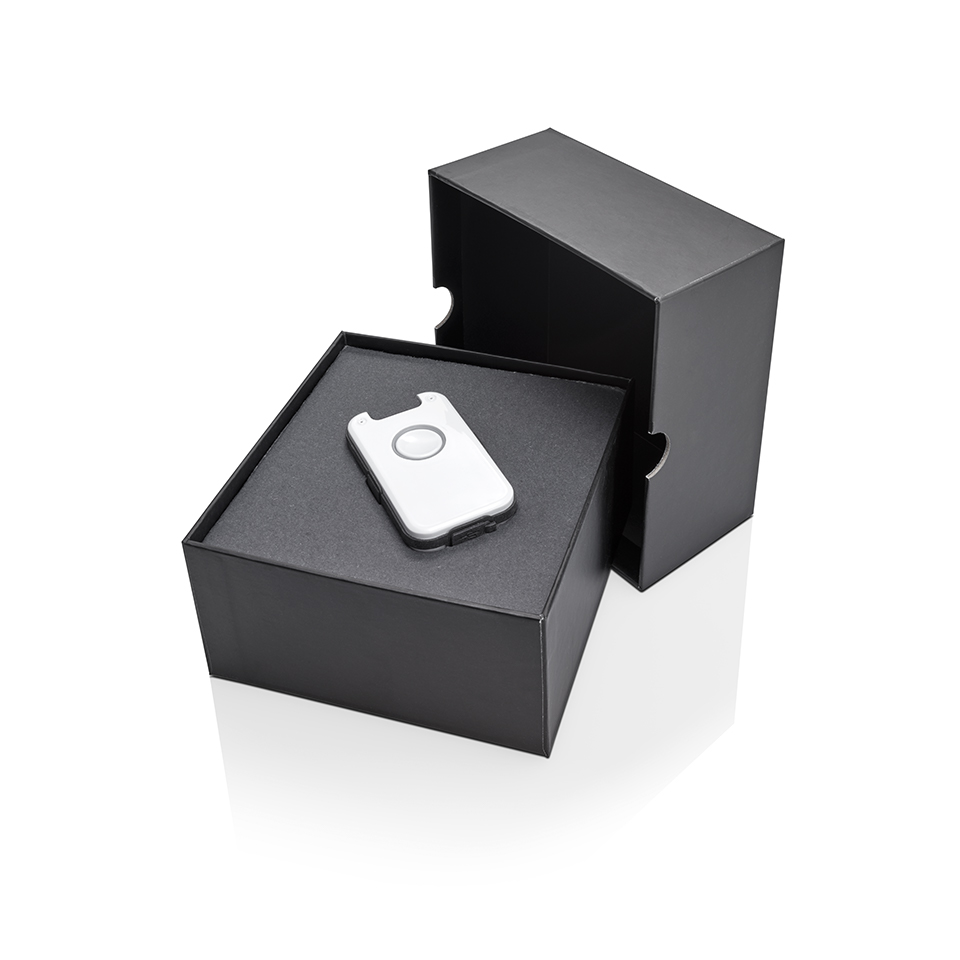
Sprachpakete auf USB-Stick
|
Sprache |
Name in Landessprache |
|
Deutsch |
Deutsch |
|
Englisch |
English |
|
Niederländisch |
Nederlands |
|
Französisch |
Français |
|
Spanisch |
Español |
|
Italienisch |
Italiano |
|
Türkisch |
Türkçe |
weitere Sprachen über Download
Lieferumfang DA1432 Classic


Sprachpakete auf USB-Stick
|
Sprache |
Name in Landessprache |
|
Deutsch |
Deutsch |
|
Englisch |
English |
|
Niederländisch |
Nederlands |
|
Französisch |
Français |
|
Spanisch |
Español |
|
Italienisch |
Italiano |
|
Türkisch |
Türkçe |
weitere Sprachen über Download
Lieferumfang DA1432 Pro


Sprachpakete auf USB-Stick
|
Sprache |
Name in Landessprache |
|
Deutsch |
Deutsch |
|
Englisch |
English |
|
Niederländisch |
Nederlands |
|
Französisch |
Français |
|
Spanisch |
Español |
|
Italienisch |
Italiano |
|
Türkisch |
Türkçe |
weitere Sprachen über Download

